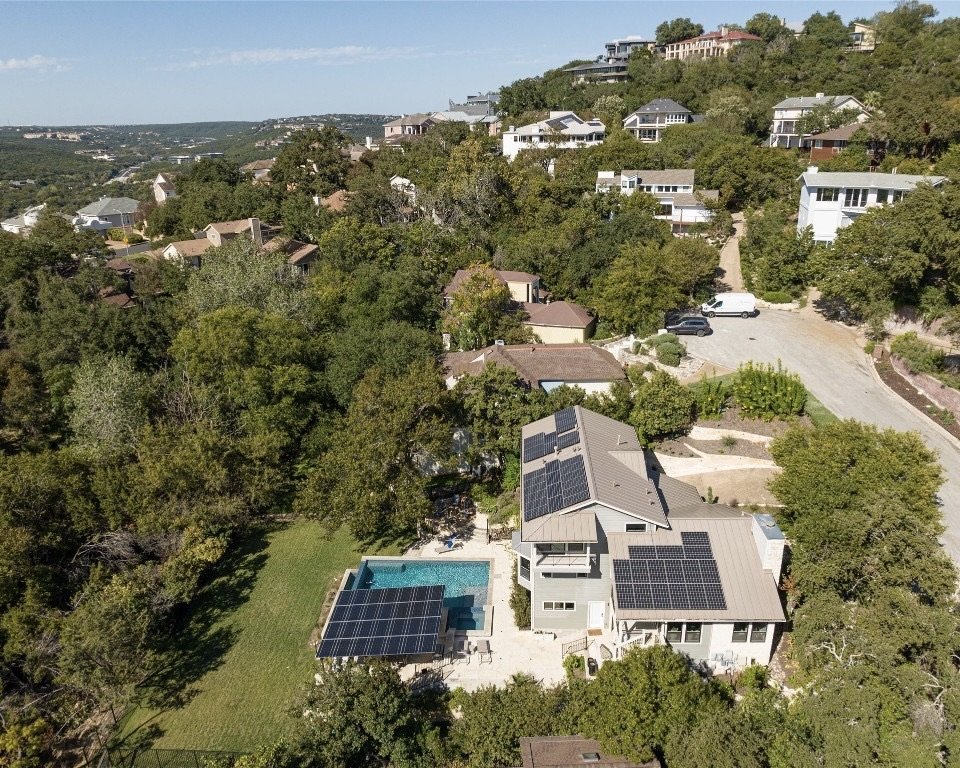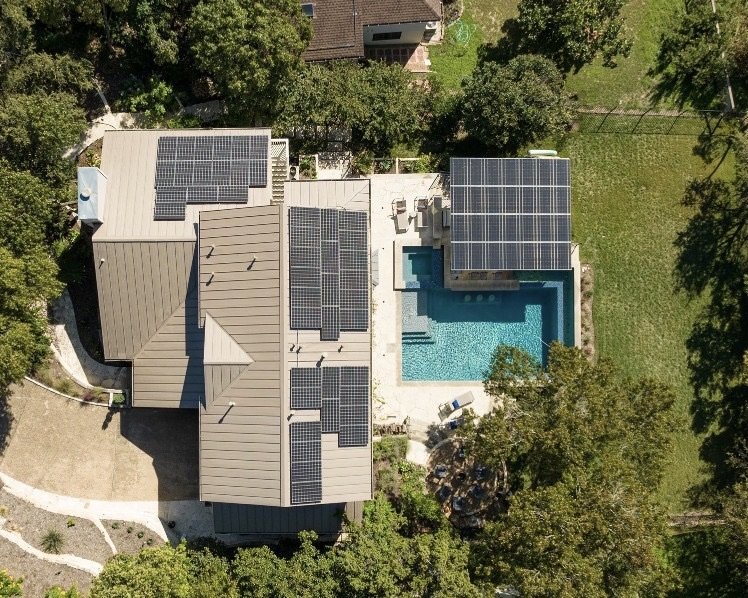If you are interested in working with an architect to design your new home or remodel-addition, you’re probably wondering “How much does an architect charge to design a home?” Budget is an important consideration when thinking about creating your dream home. So it’s understandable that you want to know how much to allocate for architectural fees. However, as common as this question is, it is a very tough one to answer.
Simply because, every client and project is unique! It’s a bit like asking, “How long is a piece of string?” A string can be any length depending on what you need it for. Likewise, an architect’s fees will vary greatly based on what you hire them to do.
How Much Does an Architect Really Cost?
A quick internet search will give you results that are confusing, inaccurate, and misleading. You can find average hourly rates or estimated costs for a type of project, but you really cannot count on these to determine how much an architect will charge for your specific project. In my professional opinion, they are often extremely low and unrealistic.
Also, it’s challenging to talk about money in specifics. Topics like our fees and cost of our projects are all hush-hush. In fact, the American Institute of Architects (AIA) and some architecture boards forbid us from discussing our fees at all!
A quick introduction
I am a licensed architect with more than 20 years of experience designing custom homes in Austin, TX. I started my own firm, Architecture By George in 2016. Before that, I worked for a couple of renowned Austin architecture firms designing high-end and luxury custom homes.
I have been the lead architect on residential projects of varied scope and complexity. During my career in custom residential architecture, my projects have included everything from modest remodels and additions to multimillion dollar luxury custom homes.
All that to say that I have extensive experience working on residential projects of varied scope, under different fee structures, in different firms, and therefore speak from first-hand knowledge.
Even with the complexity of the question, “How much does an architect charge?” and the challenges associated with discussing architects’ fees in a general sense, I want to give you a general idea about how architects charge for the services they provide. I hope this article will help you understand how architects approach their fees and what to expect when you contact an architect for your home project.
How Do Architects Determine Their Fees?
Architects use a variety of factors to determine their fees and ultimately what they charge clients for each project. You have to understand that architecture is a highly skilled profession, with creativity and technical knowledge going hand-in-hand. It all comes down to how much time an architect spends on your project - understanding the project needs and the client needs, designing, revising the design, producing drawings, solving problems, negotiating the challenges and doing project management - time spent in meetings, coordinating consultants, working with the city, etc.
An architect’s fee depends on 1) the architect, 2) the project, and 3) the client. Let’s dig into each.
the architect
Experienced, skilled architects with a track record of excellence in architectural design (think design awards) often charge more than those who are new to the industry. As with all things, you will pay more for a “brand” with a great reputation.
A large architecture firm with a big team will charge more.
The expected end result plays a big role in determining how much an architect charges to design a house. Some architects focus on small or simple projects, while others offer bespoke luxury and unique designs. The complexity and creativity that go into a project also play a role in fees.
So too does expertise in an architectural style, energy efficiency, etc, which also coincides with the services they provide.
A simple floor plan and elevation drawing will cost much less than those that include project management, handle permitting, interior design, energy analysis, and more. More responsibility and higher liability associated with the overall construction project also command higher fees.
the project
The bulk of the architect’s fee depends on the scope of the project. Is it a simple new home design or a complex addition? Other factors to take into consideration include the size of the house, any accessory buildings like casitas or boat houses, the location of the property, and the complexity and uniqueness of the work. Tough sites with unique challenges lead to increased costs. The more complex the project, the more the architect will charge. Also, more documentation is needed to satisfy the complex Austin, TX zoning codes and ordinances.
the client
While the above two elements affect architect fees more directly, specific interests or needs of the clients can also contribute. For example, if the client requires more frequent meetings or updates and wants a greater level of involvement from start to finish, the architect will charge more. If they want many iterations of the design to consider, the fees will likewise increase. This makes sense as every interaction, design iteration, and deliverable takes more time, effort, and skill.
Common Architecture Fee Structures Explained
The following methods are commonly used by architects to determine total fees for their services. These vary widely depending on the specifics mentioned above.
percentage fee
The percentage fee method is perhaps the most common. It involves charging a % of the total construction cost for the project that the architect designs. It can range anywhere from 5% to 20% depending on the factors discussed above.
This approach is most often used when the architect provides full architectural services for large, complex, or custom projects. For example, an architect may use the percentage fee structure for designing a custom luxury home. If let’s say, the architect is only providing a basic set of plans, then the % will be on the low end of the range, whereas if the architect was providing a detailed set of drawings and specifications, along with a full suite of services such as project management, interior design, coordination of all the consultants, etc., then their fees would be on the higher end of the range. This aligns the architect’s services with overall project value.
fixed fee
Architects often propose fixed fees for well-defined, fairly simple, and straightforward projects. This also works well for repeat clients with a clear understanding of what to expect. For example, a flat fee might make sense when an architect designs a spec home on a flat lot in the county for a builder or developer. The site does not pose many challenges, and working with another industry professional requires less time. The architect typically has more leeway on the design, meetings go quickly, decisions are made fast, and there are fewer issues to resolve or complexities.
For a homeowner client, some architects may still propose a fixed fee, but this is generally more challenging due to the higher number of unknowns. It works best when they offer a limited scope of services, such as a specific number of drawings or construction documents only. I’ve never worked a custom home where the scope hasn’t changed over the course of the project. Remodel-additions frequently present unanticipated challenges and some clients prefer a more hands-on approach, which also adds to the complexity.
The advantages of this fee structure are that the architect and client know how much the fees are at the outset, which helps with budget planning. This fee structure offers both absolute transparency and less stress overall. Both the architect and the client clearly know what is expected from them and that their responsibility is limited to the initial agreement.
This lack of flexibility, however, is also a disadvantage for some home design and remodeling projects. If the client wants any additional services or changes, they should expect to pay an additional fee. If the project runs into unforeseen issues, the results may be similar. If an architect chooses a fixed fee at the start, but changes occur over the course of the project, they may not get fully compensated for their efforts.
hourly fee
Architectural design and all the services that go into a successful project involve many complex elements that need skilled, professional attention. An hourly rate helps the architect remain more flexible and adapt to the dynamic nature of any residential construction, renovation, or remodeling project. This also allows for reasonable adjustments to overall cost due to specific client needs or unforeseen challenges that arise.
An hourly rate provides a high degree of flexibility and transparency, and is therefore my fee structure of choice at Architecture By George. I find that it keeps things clear for clients and allows for more transparent expectations of final costs. I offer a breakdown of the time spent on their project. Working together, the client and architect can prioritize budget decisions and make informed choices based on the time spent on each aspect of the project.
The primary disadvantages of an hourly fee structure include uncertainty and the need for more in-depth budget management. It is difficult to determine the total overall cost of the project before completion. Clients may need to speak up more about their limits in order to ensure the project stays within their desired budget range.
per square foot
People who are somewhat familiar with the building and construction world, such as builders and developers, may expect architects to charge for their services based on square footage of the structure or addition. While internet sources can put average costs anywhere from $2 to $5, these are vague numbers that do not reflect the factors described above.
I was baffled when I first learned about this fee structure. If the architect’s fee is tied to square feet, why not design a bloated house? I personally hate this method because it treats a highly skilled architect's service like a commodity rather than an intellectual, creative, and professional service.
No reputable architect will charge the same per square foot price for a simple addition to a home as they would for a custom luxury dwelling with many unique features and elements.
combination fee structures
It’s quite common to use a combination of the above fee structures during various phases of design. For example, the architect may charge an hourly fee for initial consultations or the preliminary design phase and then switch to a % fee or fixed fee structure when producing construction documents.
How Much Does an Architect Cost for a Remodel-Addition?
When determining architect costs for an addition or partial remodel, the intricacies of the existing structure must be taken into account. It is much simpler to build a new house than to fit an addition into an existing building. Every house has its quirks - unique structures, materials, and designs. An architect must work with those things and create a seamless addition or change that works with the existing conditions.
in conclusion
Understanding how much an architect charges and how they determine their fees gives you important information about what fee structure you feel comfortable with and who to hire when planning your home design or remodeling project. It is an important factor when choosing an architect that best suits your needs. Every architect will charge differently based on their previous experience, skills, and specialties.
Ask questions about your chosen architect’s fee structure and get estimates for your specific project details. Understand that quality results deserve proper investment. You do not want to risk your dream home or existing property to just anyone. Working with an architect represents a real investment in your current happiness and future. The choice is ultimately about shared priorities and compatibility.
If your project is in Austin, TX, and you are wondering how much it costs to hire an architect, please schedule a free call with me. I am eager to discuss your unique project, share my expertise with you, and provide insights into architectural fees. I can create a custom proposal for you and help you understand the process, costs, and possibilities.
Cheers,
Sharon





